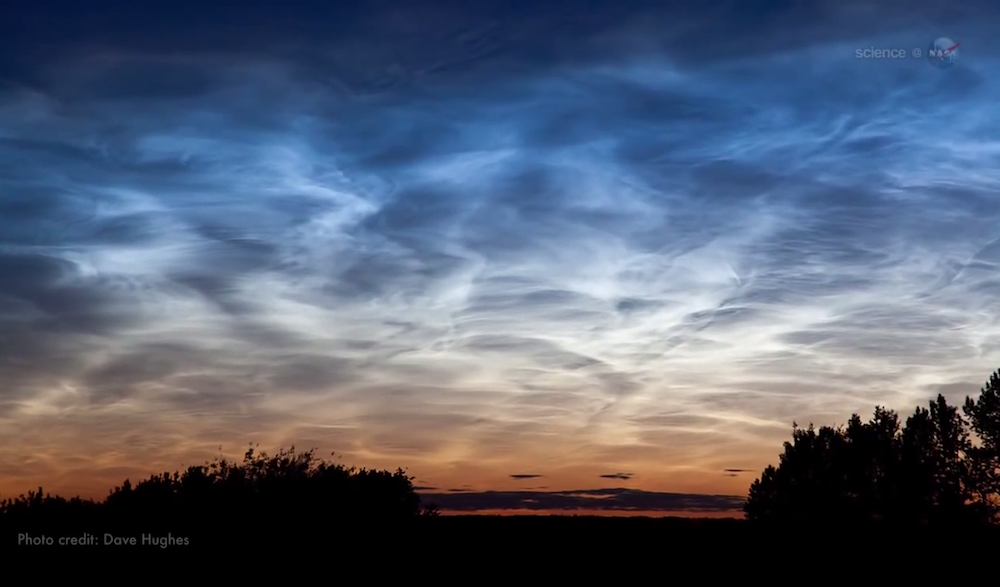Spooky Atmospheric 'Teleconnections' Link North and South Poles

Long-distance atmospheric connections between the North and South poles are linking weather and climate in distant parts of the globe, according to data from a NASA spacecraft.
These so-called "teleconnections" explain why the winter air temperature in Indianapolis, Ind., during the so-called polar vortex correlated with a reduction in high-altitude clouds over Antarctica, thousands of miles away, researchers say.
"Changes in the polar regions in the North were 'communicated' all the way over to the other side of the globe," said Cora Randall, an atmospheric scientist at the University of Colorado, Boulder and a member of the Aeronomy of Ice in the Mesosphere (AIM) spacecraft's science team. [Video of Teleconnections Between Opposite Hemispheres]
Cold weather and distant clouds
NASA's AIM spacecraft was launched in 2007 to study night-shining, or noctilucent clouds, which form more than 50 miles (83 kilometers) above the Earth's surface, in a layer known as the mesosphere. The clouds, which glow electric blue after dusk or before dawn, are composed of water ice crystals that collect on "meteor smoke," the dust stripped from meteors as they streak through the atmosphere.
While studying these clouds, the researchers were surprised to discover these teleconnections. Winds in the Northern Hemisphere's stratosphere, the second layer of the Earth's atmosphere, were affecting the Southern Hemisphere mesosphere, the layer above the stratosphere, a few weeks later.
Specifically, the enormous wind system known as the polar vortex — which brought frigid temperatures to North America in January — slowed down. That slowdown, in turn, made the Southern Hemisphere mesosphere warmer and drier, causing fewer noctilucent clouds to form.
Get the world’s most fascinating discoveries delivered straight to your inbox.
"When you change circulation, you change temperatures," Randall told Live Science. If you change temperatures in one area but not another, it changes winds. It creates a feedback system, so whatever happens in the Northern Hemisphere propagates down to the Southern Hemisphere, she said.
The team found a statistical link between winter weather in Indiana and a decline in noctilucent clouds over Antarctica two weeks later. Randall said she chose to study Indiana because she has family there, but the same link held true for other areas in North America.
Connected planet
The cold weather in North America didn't cause clouds over Antarctica to change, nor did the clouds cause the cold weather. Rather, the northern stratosphere was affecting both, Randall said.
Such teleconnections between the northern stratosphere and southern mesosphere had been seen before, Randall said, and scientists also knew that conditions in the stratosphere could affect weather on the surface. But now it appears that the stratosphere influences localized surface weather and distant parts of the mesosphere in parallel.
Another recent study found that such clouds are becoming more common over lower latitudes, including southern Canada and the northern United States.
The findings show how changes made in one part of the atmosphere — including ones caused by human activities — are not localized to just that area. Releasing large amounts of carbon dioxide and methane into the atmosphere can cause clouds to form in the Southern Hemisphere, and these clouds can be used as an indicator of climate change, she said.
"We are finding how connected the entire Earth really is," Randall said.
Follow Tanya Lewis on Twitter and Google+. Follow us @livescience, Facebook & Google+. Original article on Live Science.



